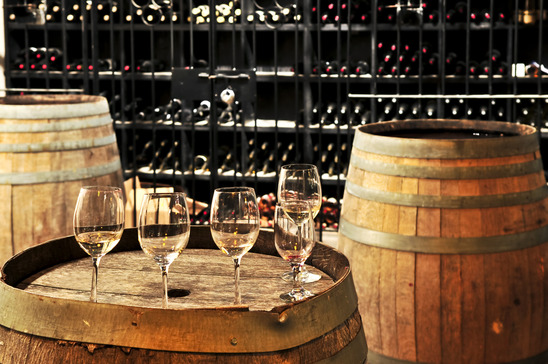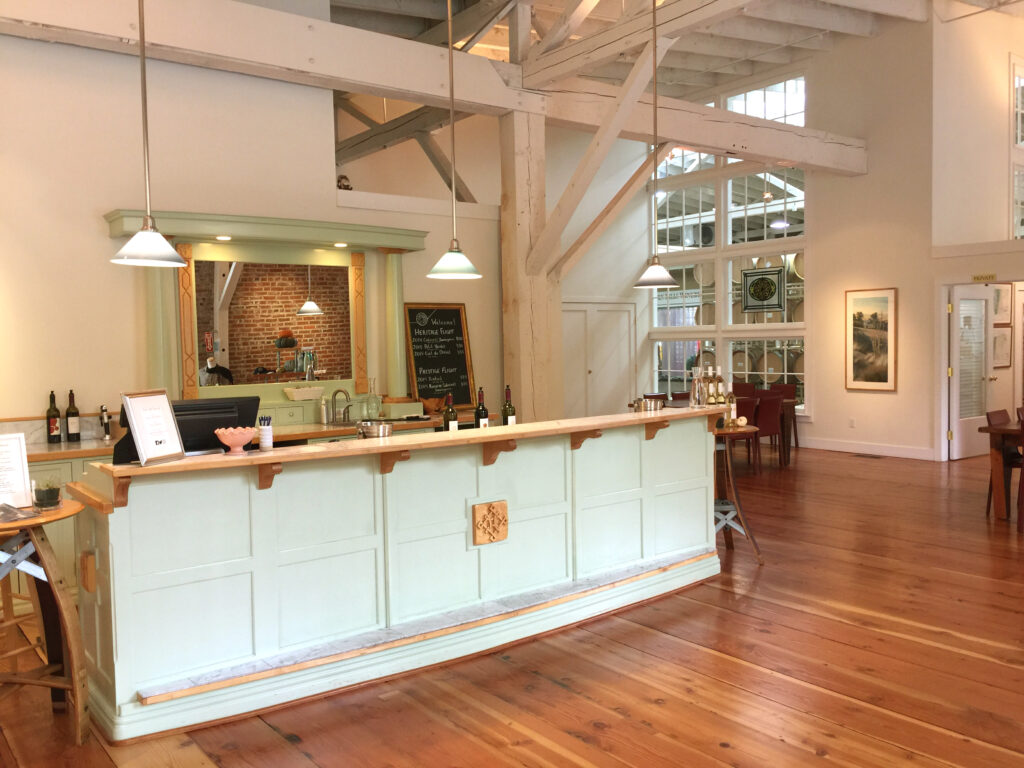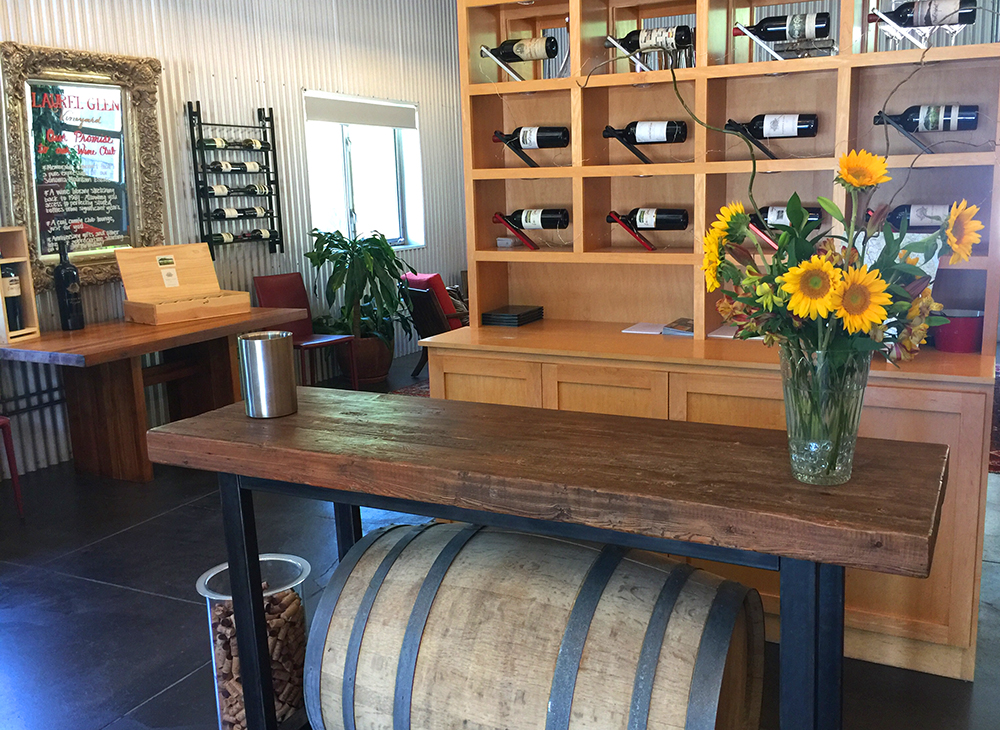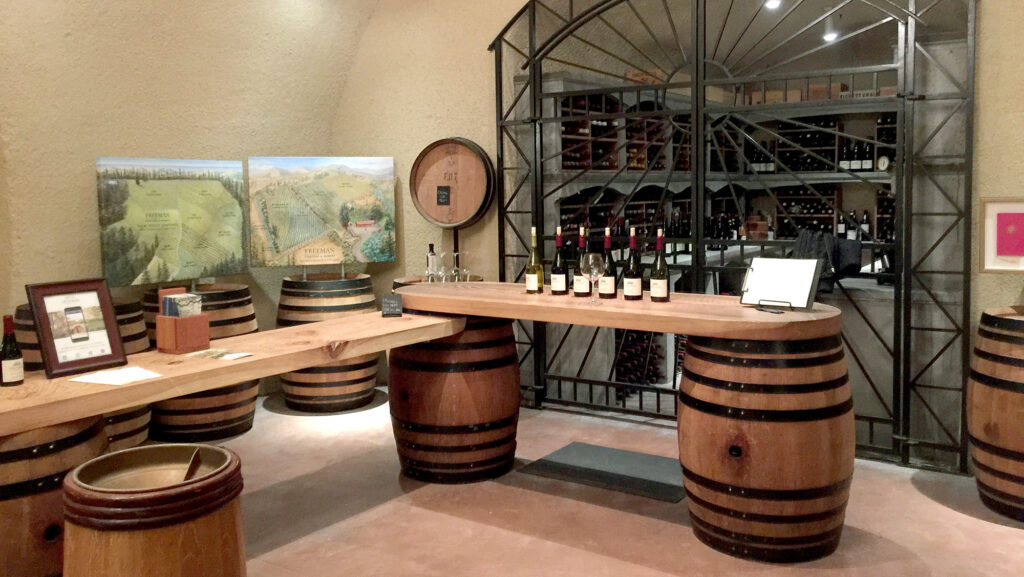
Touring wine country and visiting wineries is a memorable way to spend an afternoon—or a whole vacation, for that matter! The vistas, relaxed pace, and friends or family you’re with create an enjoyable experience, even before your first wine.
The moment you approach a tasting room bar, it’s time to get a little more serious. That’s because you visited the tasting room to sip, savor, contemplate and learn, not just drink. That balance of simultaneously evaluating and having fun takes some practice.

To make the most of your tasting experience, you’ll need the following: a clear nose, clean palate and clear mind.
In fairness to the wine, your ability to smell and taste it should not be compromised. This means you shouldn’t wear a strong perfume or cologne that will interfere with the aroma of wine. Secondly, a clean palate means not having residue of a flavorful food, beverage or candy in your mouth. Even a sip of beer or spirit prior to tasting will make a wine seem awkward. Finally, and perhaps most important, is your mood. If your mind isn’t distraction free, you might miss the subtle complexity of aromas.
With the above “ground rules” in mind, here are five quick tips to getting more out of your tasting room experience:
1. Apply your senses of sight, smell and touch — in that order
Never taste a wine without first observing its color, clarity and intensity. It’s all part of registering a grape varietal’s physical characteristics in your mental database of wine. You’ll do the same for aroma and flavor, which will help you identify faulty wines.
Bear in mind that color changes differently in white wines than they do in red wines as they age. If you see a deep gold in a white wine, for example, it can indicate either old age or oxidation (a flaw). Therefore, most young white wines are more straw yellow than gold. In contrast, a red wine loses color intensity over time and eventually takes on a brown tinge around the rim. A young red wine with a tint of brown likely indicates oxidation.
Take a few sniffs of the wine before swirling your glass, then again after swirling to help mix the wine with air. The difference can be jarring in some wines, which show off their best fragrance (or “nose”) after aeration. After smelling the wine, think what that comes to mind from the aroma. Your impressions can range from the obvious — such as berries — to the unexpected or bizarre — such as vegetables, herbs, spices, animal, damp basement or wet cardboard! Positive or negative, all impressions are open for discussion.
Before your first sip, categorize the texture and weight of the wine. Often referred to as “mouthfeel,” your evaluation of this characteristic leads to tip number two.

2. Think of milk weights
The common three milk categories of non-fat, low-fat and whole create three different weights on the palate: non-fat skim milk tends to have a thin, almost watery feel in the mouth while whole milk can feel rounder, creamy and heavy. Somewhere in the middle is low-fat milk with a medium-body feel.
Think of wine weight and body the same way: If it feels thin and crisp, call it light-bodied; Tastes heavy, like a blanket around the palate? Call it full-bodied. Most wines fall in the middle, appropriately identified as medium-bodied wines.
3. Remember that a big nose does not portend a big body
Even a wine that has little to offer aromatically can be bold. Some wines with a faint “nose” can be misleading and still pack a punch. Similarly, a wine that shows off with a bold, fragrant nose might wimp out with weak or mild impact in the mouth. Walk through all steps of the tasting process to understand the true personality of each wine.
4. Don’t read the tasting notes first
You’ll most likely be offered a sheet showing the list of wines pouring that day, which will include descriptions of each wine and lists the aromas and flavors you’re supposed to smell and taste.
If you read the tasting notes before you taste, you’re taking a bit of fun out of the discovery process. Instead of being told what to taste, explore each wine and try to recognize the flavors. After you are certain of the wine, check your finds against the winemaker notes for an intriguing comparison, or discuss what you experienced with the tasting room manager.

5. Decide which wines to bring home
When you taste many wines, at the end of the day it may not be so easy to decide how much you like or dislike a wine.
A good way to be discriminating in your wine opinions is to make your judgment based upon whether you would recommend a particular wine to friends. Would you post your favorable impression online? Keeping this rule in mind will help you reserve the most impressionable wines for the winners of the day.
What else would you recommend to improve your wine tasting experience?
About the author: Wine columnist and Certified Specialist in Wine, Len Napolitano is the author of “Nose, Legs, Body! Know Wine Like The Back of Your Hand.” His seven-time award-winning book answers 50 popular questions about wine for the beginner. It is available on amazon.com.
Tasting room photography by Alexa Chipman.